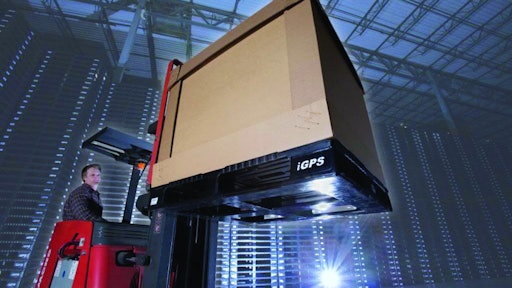
Worker safety in the supply chain has always been of paramount importance. But, looking ahead to 2021 and beyond, companies will be looking at this issue in a new light. Of course, the Coronavirus disease (COVID-19) pandemic has forced countless organizations to new protocols to keep workers safe from infection. But, an unexpected side effect of the pandemic will result in a need to also focus on more traditional workplace safety concerns, like ergonomic issues and potential injuries.
Amazon, for example, hired an average of more than 2,800 workers per day between July and December 2020. Many of these new workers were previously impacted by unemployment spikes in other sectors. Therefore, workers with less experience now entering physically demanding supply chain environments may face challenges.
It is important not only for workers, but also for supervisors and managers to stay abreast of best practices that not only keep the supply chain moving, but also keep it moving safely.
For managers—it starts at the top
Get everyone involved. Effective workplace safety programs are fostered in a culture of collaboration, not one-way communication. Make sure there is a proper forum for employees to share their safety concerns. Hold joint safety meetings between members of the management team and workers on the floor, and involve your employees in safety audits as often as possible. Giving workers a sense of ownership and mutual accountability is key.
Leadership sets the example. Safety procedures should be followed by everyone, regardless of their job title. Leaders who personally demonstrate that safety is a priority will have their behaviors modeled by workers on the floor. A great supervisor will always wear proper protective equipment in work areas, pick up debris when they see it on the floor and wear their seatbelts on forklifts and other mobile equipment.
Remember that employee comfort matters. I once worked with a colleague who rarely wore her safety vest, simply because she hated the color. Instead of forcing her to comply, the supervisor thought outside the box, found a vest she liked and everything worked out in the end. Comfort is important. Some employees like ear covers; others prefer ear plugs. Whether it’s finding the right equipment for size and fit, or for appropriateness in accomplishing the task at hand, remember that “one-size-fits-all” is not a good formula for safety.
For employees—you’re accountable too
A simple slip and fall can spell big trouble. Newcomers in a warehouse setting often assume that automated equipment, heavy items and hazardous materials pose the greatest hazards. But, what about the dangers of stumbling and falling? It is more common and dangerous than you might think. Make sure you and your colleagues have appropriate footwear on the floor, and always know where the spill kits are. If you see a spill or debris on the floor, don’t assume it’s someone else’s responsibility.
Be aware of your surroundings. To most of the world, the pedestrian has the right of way. Not so in a warehouse setting. When driving a forklift, your point-of-view is limited by the height and structure of the protective cage. Constant vigilance, whether on the floor or on the loading dock, is not just the manager’s responsibility or the safety supervisor’s responsibility. It is yours, too.
Save humor for the breakroom. Whether cracking a joke with teammates or playing a harmless prank on the boss, everyone likes to have fun at work sometimes. But, new arrivals in a supply chain environment must quickly learn that the warehouse floor and loading docks are no place for clowning around. In a safety-focused environment, there is zero tolerance for such antics.
As we continue to navigate the pandemic and eventually emerge from it, we can expect another interesting year. By each of us doing our part, from the top of the organization on down the line, you can make sure that all workers leave the site in one piece.

























